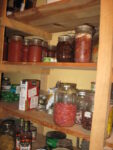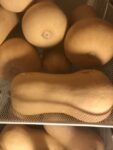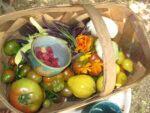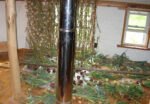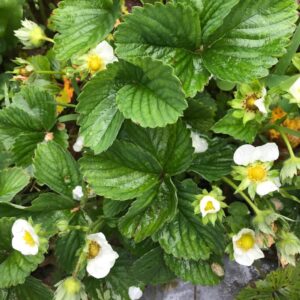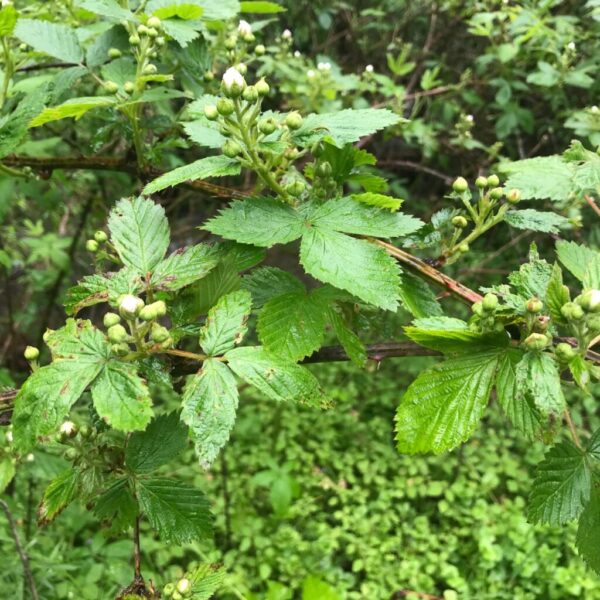 A version of this column first ran in the Roane County (WV) Reporter and Times Record. Support local journalism! Subscribe to your local newspaper. This is one of a series of blogs for new gardeners. Read the rest: Part 1. Part 2. Part 3. Part 4. Part 5.
A version of this column first ran in the Roane County (WV) Reporter and Times Record. Support local journalism! Subscribe to your local newspaper. This is one of a series of blogs for new gardeners. Read the rest: Part 1. Part 2. Part 3. Part 4. Part 5.
This blog mostly focuses on vegetables, but what about fruit? Yes, you can grow your own! If you want reliable fruit, and you want to have it in one year, strawberries and raspberries are your best choices. Fruit trees may yield quite a lot of fruit—eventually—but it takes years and there is a lot that can go wrong. I still recommend planting them if you have room, for the long term, but meanwhile—let’s talk about strawberries.
Now is the time to plant strawberries—if you can find them. I’ve seen seeds advertised but usually people set out plants. A typical plan is to set them about 18 inches apart in spring, and pick off the flowers so that the plants use their energy to fill in the space around them with daughter plants. Strawberries send out runners with daughter plants forming on the ends…then another runner with another daughter comes off the first one (a granddaughter?). Established plants will do this after fruiting, which they do here about the second half of May and the first half of June. There are early, mid-season and late varieties; there are also day-neutral varieties that keep producing a few berries all summer, but I have no experience with those as I like focusing the picking within that one month, and having enough to freeze, make jam and make wine.
You have to keep them weeded—mulch is good—and sometimes you have to thin them if they end up bunched too closely. The second spring, you don’t remove flowers and you should get a nice crop of fruit. You can now take the daughters that form after fruiting and start a new strawberry bed, but you can also get at least one more year’s fruit from the original one. They do tend to get more disease with time, which is a reason to start with certified disease-free plants, and to start new beds with young plants. Because the strawberries will be in the same place for two to four years, it’s wise to work that ground well before planting.
I have permanent beds in which my strawberries slowly rotate with other crops, but my neighbor who doesn’t has an interesting way of dealing with strawberries. He turns one side of his bed under each year and lets the patch settle daughter plants on the other side, so the strawberry patch gradually migrates across his garden.
Some people cover their berries with netting to keep birds off, but I’ve never found this necessary (I do have to do it for my cherry tree and my blueberries).
Raspberries come in at least a couple of kinds—fall-bearing and ever-bearing. The ever-bearing ones put out a crop of berries halfway up their old canes in late June, and then start bearing at the tips of younger canes in August and often continue until it frosts. These stay in the same place for five or ten years, so you definitely want to give them a good bed—but you can also put some manure or compost down between the rows, and mulch them heavily in the fall with leaves. They may need support. It’s best to put the rows at least four feet apart so you can walk between them to pick.
One more kind of fruit belongs in the vegetable garden—melons. These are grown as annuals and are cucurbits, vine crops like cucumbers and squash. These take a fair amount of space and want a long warm growing season. I’ve had good luck with the relatively small and short-season varieties Early Golden Moonbeam and Sugar Baby.
